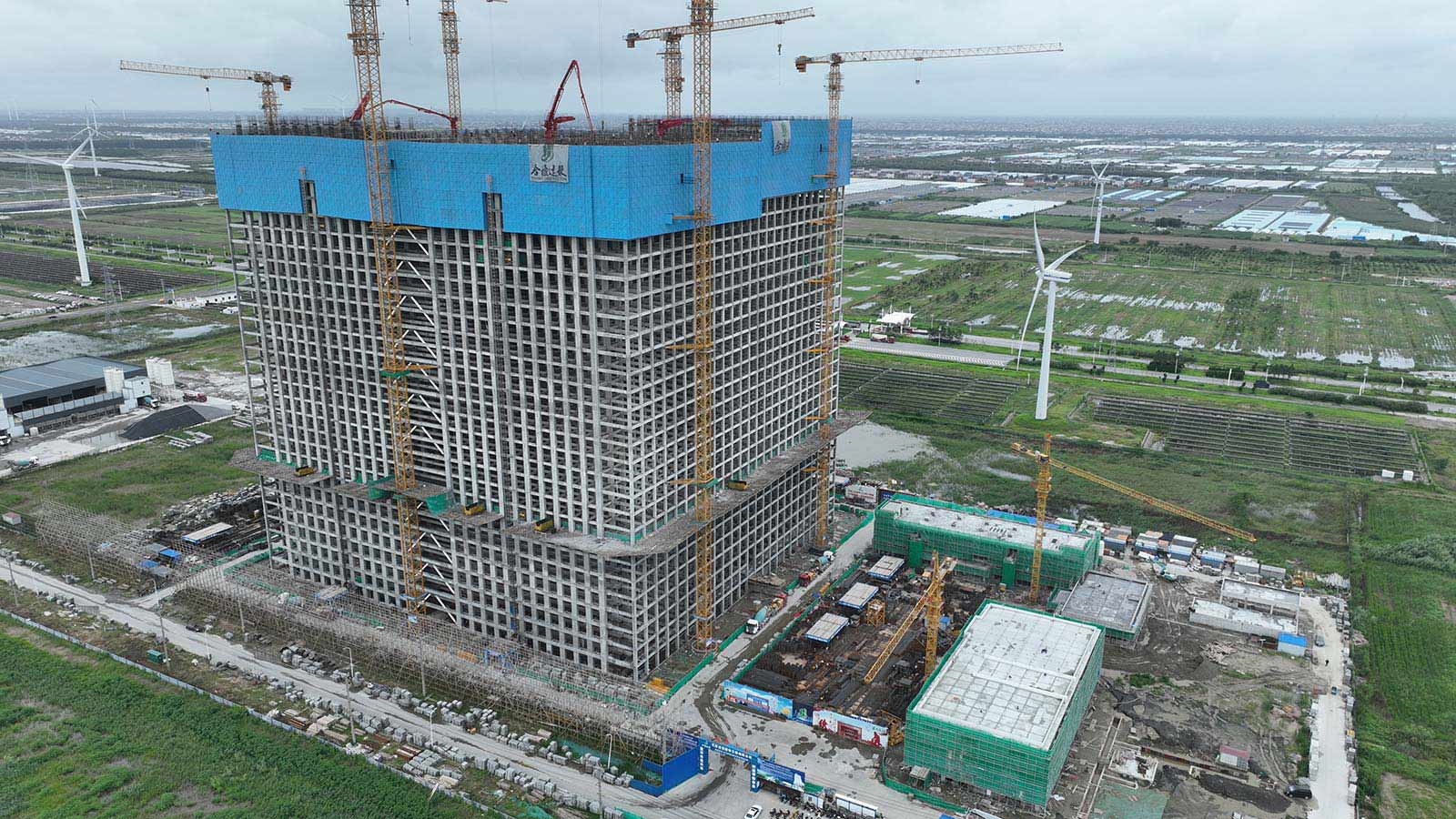Gravity Energy Storage
Using the whole planet to store energy!

Gravity.
How, you ask?
Hydro power is one traditional method. It’s really a form of stored solar energy, where the sun does the work of evaporating water into the atmosphere, which later condenses, falls as rain at higher altitudes into lakes and rivers, and is put to work through turbines as gravity pulls the water downhill. We can also pump water uphill into reservoirs to generate energy later by letting the water flow through turbines, technology known as pumped hydro. Both forms of hydro power depend on geography. The power isn’t necessarily generated where we need it.
There is another way to use gravity to store energy.
In this case, instead of a clock escapement mechanism, the returned gravitational energy is captured by regenerative electric motors. The concept has been around for some time, but one of the first commercial applications is connected to the grid in China.
Energy Vault corporation of Switzerland has built a 25 MW/100 MWh (25 megaWatt peak/100 megaWatthour total energy storage capacity) gravity energy storage system for the State Grid Corporation of China in Rudong, near Shanghai.1 The project stores electricity from a nearby wind farm to lift weights to the top of a tower. The weights are lowered when needed, to generate electricity that helps smooth electricity demand peaks. The project claims to have a round-trip efficiency of 80% (output vs input), which is comparable to chemical battery energy storage systems.
There will be mechanical wear and tear, of course, but the project anticipates a 35-year life.
This is a technology to watch.
Reading
1. Energy Vault Project – China, Rudong. https://www.energyvault.com/projects/cn-rudong (accessed 2025-07-15).